The exotic pet trade represents a multi-billion-dollar global industry that brings wild animals from distant ecosystems into private homes around the world. While the allure of owning unusual species appeals to many animal enthusiasts, behind the colorful feathers and striking patterns lies a troubling reality. The trade in exotic pets has significant consequences for animal welfare, conservation efforts, public health, and even human safety. This industry operates in both legal and illegal spheres, with many consumers unaware of the true costs associated with their exotic companions. As international demand grows for increasingly rare and unusual pets, understanding the complex implications of this trade becomes essential for making informed and ethical choices about animal companionship.
The Scale and Scope of the Exotic Pet Trade
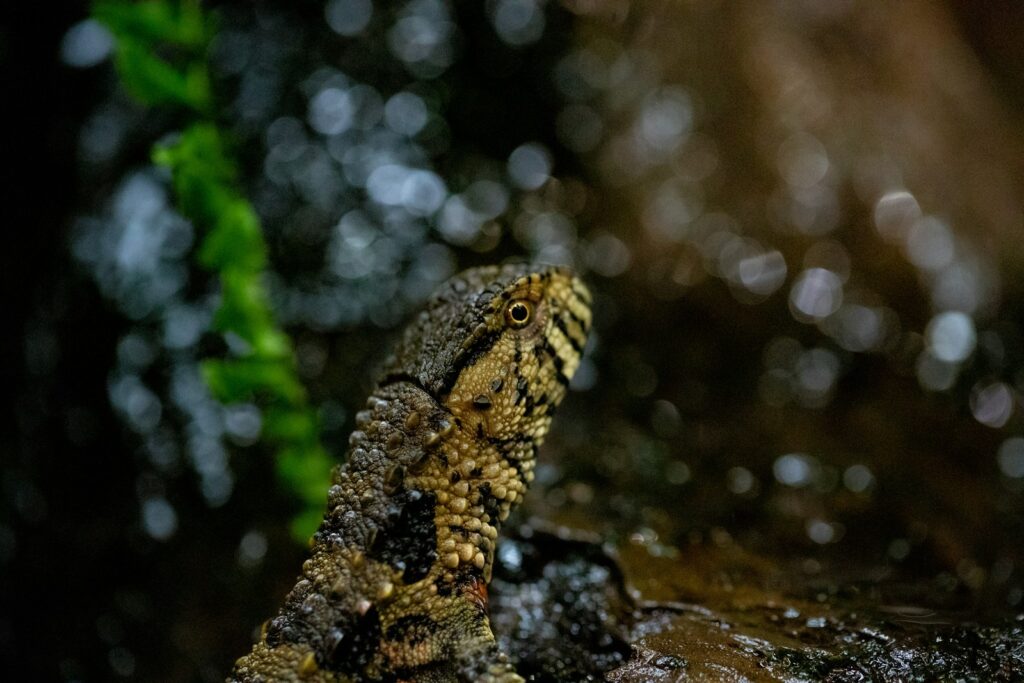
The global exotic pet trade is a massive industry, with annual revenues estimated between $30-42 billion, involving millions of animals spanning thousands of species. Nearly 5,000 species of birds, 2,000 species of reptiles, and hundreds of mammal species are traded internationally for the pet market, with new species continuously entering the trade as consumer preferences evolve. While legal channels exist, the illegal wildlife trade—ranked as the fourth largest criminal industry globally after drugs, human trafficking, and weapons—accounts for a significant portion of exotic pets in homes worldwide. In regions like Southeast Asia, Central Africa, and South America, wildlife harvesting for the pet trade has devastated local populations of parrots, primates, reptiles, and amphibians, creating ecological imbalances that ripple throughout entire ecosystems.
The Cruel Reality of Wildlife Capture
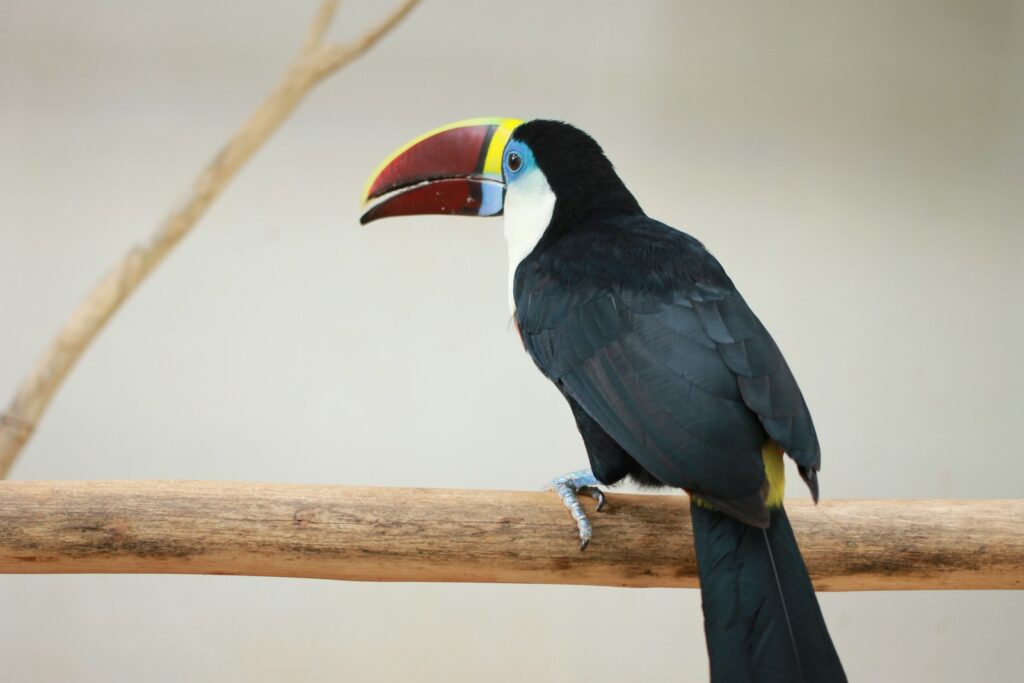
The journey of exotic animals from their natural habitats to pet stores or online marketplaces often begins with brutal capture methods that prioritize profit over welfare. For every animal that survives the capture process and reaches a buyer, it’s estimated that dozens may die along the way due to rough handling, improper containment, or stress-induced illness. Birds captured in mist nets often suffer broken wings and legs, while reptiles may be stuffed into confined spaces without proper ventilation or temperature control. Particularly disturbing is the capture of infant primates, which typically involves killing the protective mothers—a practice that has contributed to population declines in species like orangutans and chimpanzees. The trauma of capture creates lasting psychological damage in surviving animals, manifesting as self-mutilation, stereotypic behaviors, and extreme fear responses that persist long after placement in captive settings.
Transport Horrors: The Deadly Journey

Once captured, exotic animals face a harrowing transportation process designed to maximize profits by cramming as many specimens as possible into minimal space. Smugglers employ shocking tactics to conceal animals, including sedating them, binding their limbs, stuffing them into suitcases, plastic tubes, or even taping them to human bodies to avoid detection at border crossings. Mortality rates during transport can reach as high as 90% for certain sensitive species like tropical fish, amphibians, and birds, with survivors often arriving severely dehydrated, injured, or ill. Temperature extremes during shipping particularly affect reptiles and amphibians, whose health depends on specific environmental conditions that are rarely maintained during transit. The psychological trauma of transport compounds the stress of capture, further compromising animals’ immune systems and long-term health prospects even if they survive the journey.
Conservation Consequences of Collection
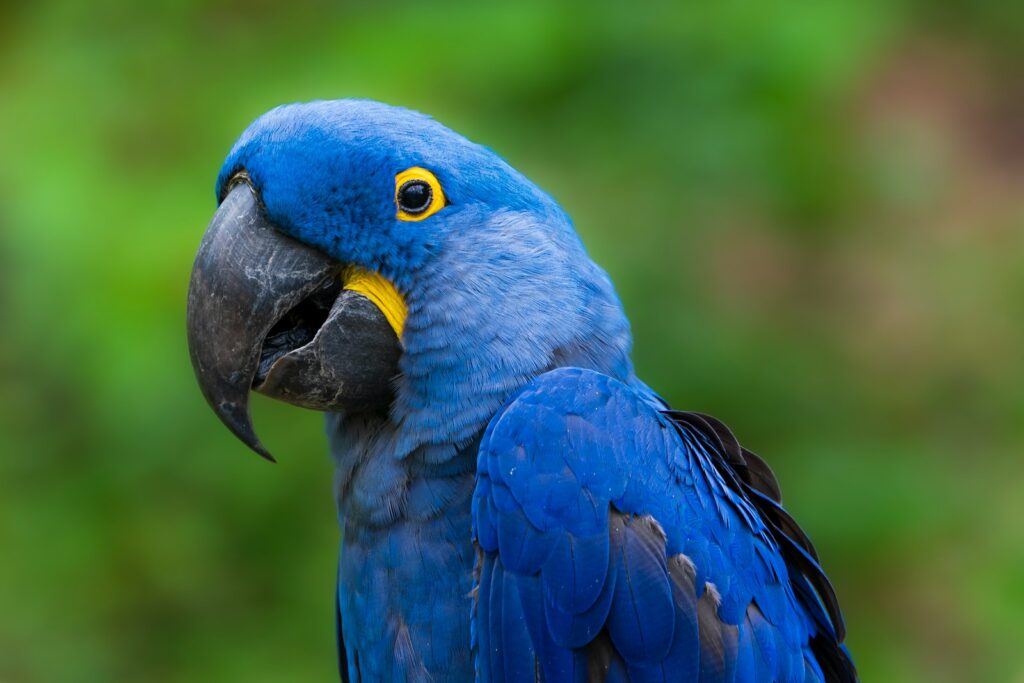
The exotic pet trade represents a significant driver of population declines for numerous threatened species worldwide, with collection rates often exceeding reproductive capabilities of wild populations. Particularly vulnerable are slow-reproducing species like parrots, primates, and large reptiles, which cannot sustain even moderate collection pressures without experiencing serious population impacts. The removal of specific animals—often the most colorful, largest, or otherwise desirable specimens—creates artificial selection pressures that can alter the genetic makeup of wild populations over time. Beyond direct removal, collection activities frequently damage habitats through methods like tree-felling to access nests or burrows, creating broader ecological consequences that affect non-target species. Conservation biologists have documented local extinctions of species like the Spix’s macaw, ploughshare tortoise, and numerous amphibian species directly attributable to over-collection for the pet trade.
Welfare Issues in Captivity
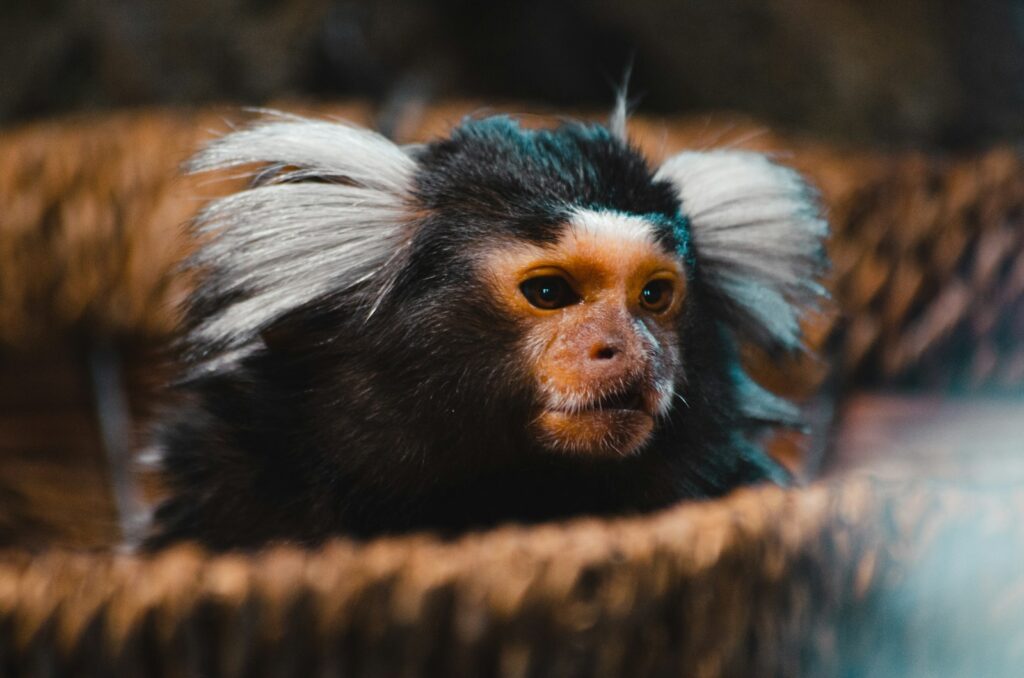
Even under the best circumstances, captive environments rarely meet the complex physical, psychological, and social needs of exotic species evolved for specific ecological niches. Most exotic pets live in spaces thousands of times smaller than their natural territories—birds that would fly dozens of miles daily confined to cages, arboreal mammals kept in floor enclosures, or reptiles denied proper thermal gradients essential for their metabolism. Dietary needs represent another critical welfare concern, as few owners can provide the varied and specific nutrition many exotic species require, leading to metabolic bone disease, organ failure, and other preventable conditions. Social species like parrots, primates, and many reptiles suffer profound psychological distress when kept alone, while others experience stress when forced into unnatural social groupings with humans or other pets. The resulting frustration manifests in self-destructive behaviors like feather-plucking in birds, self-mutilation in primates, and repetitive movements that indicate severe psychological distress.
Zoonotic Disease Risks
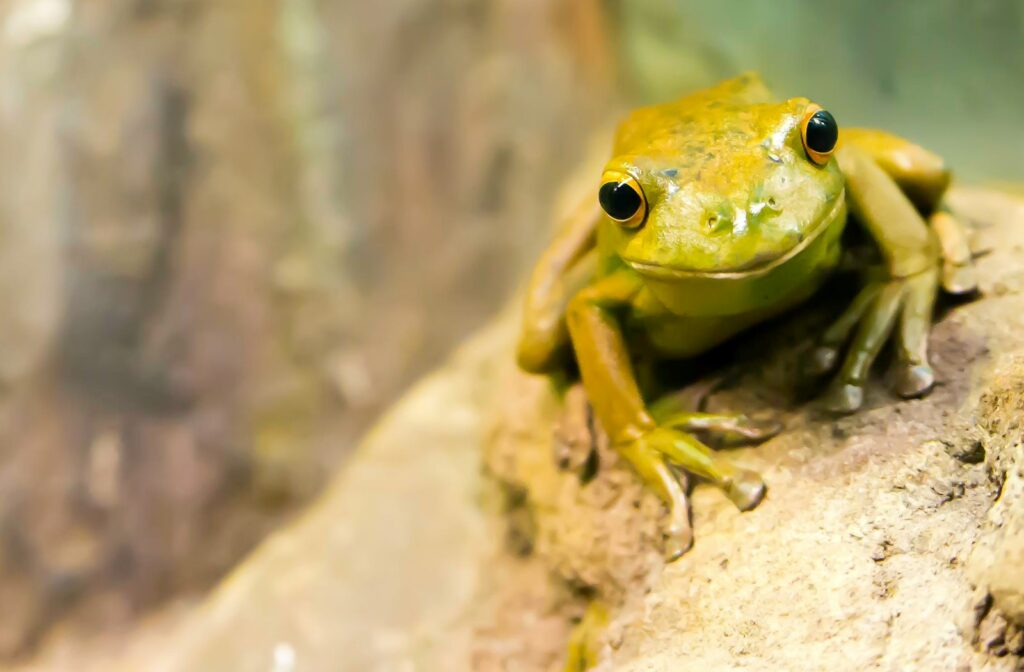
The exotic pet trade serves as a significant pathway for zoonotic disease transmission—infections that jump from animals to humans—posing serious public health concerns. Notable examples include the 2003 monkeypox outbreak in the United States, traced to infected prairie dogs who had contact with imported African rodents kept as pets, affecting over 70 people across multiple states. Salmonella infections associated with reptiles and amphibians cause thousands of illnesses annually, with young children particularly vulnerable to severe complications requiring hospitalization. Research has identified over 70 diseases transmissible from exotic pets to humans, including herpes B from macaques (potentially fatal to humans), psittacosis from birds, and various parasitic infections from reptiles and fish. Public health experts warn that increased trade in exotic species, particularly from biodiversity hotspots, creates new opportunities for novel pathogens to emerge and spread globally through the pet trade network.
The Deceptive Breeding Industry
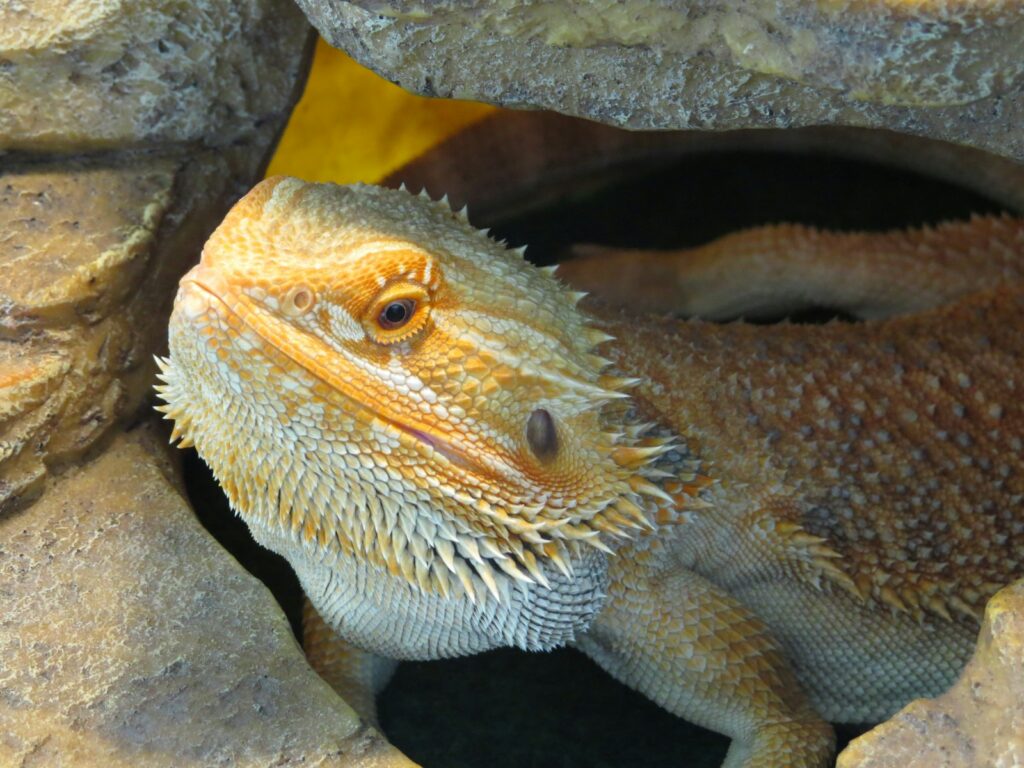
While captive breeding is often positioned as an ethical alternative to wild capture, the exotic pet breeding industry harbors its own significant welfare concerns. Inbreeding is rampant as breeders attempt to produce animals with novel colorations, patterns, or physical traits that command premium prices, resulting in congenital defects and health problems that owners rarely anticipate. Particularly troubling are morphs in reptiles like “spider” ball pythons that suffer neurological issues causing lifelong coordination problems, or “silkback” bearded dragons bred without protective scales that experience chronic skin problems. Documentation from breeding facilities reveals concerning practices including overcrowded conditions, minimal veterinary care, and disposal of animals with undesirable traits or those past breeding age. The breeding focus on appearance over health has created generations of compromised animals in species from parrots to big cats, with many experiencing shortened lifespans and chronic health conditions directly attributable to selective breeding practices.
Legal Loopholes and Regulatory Failures
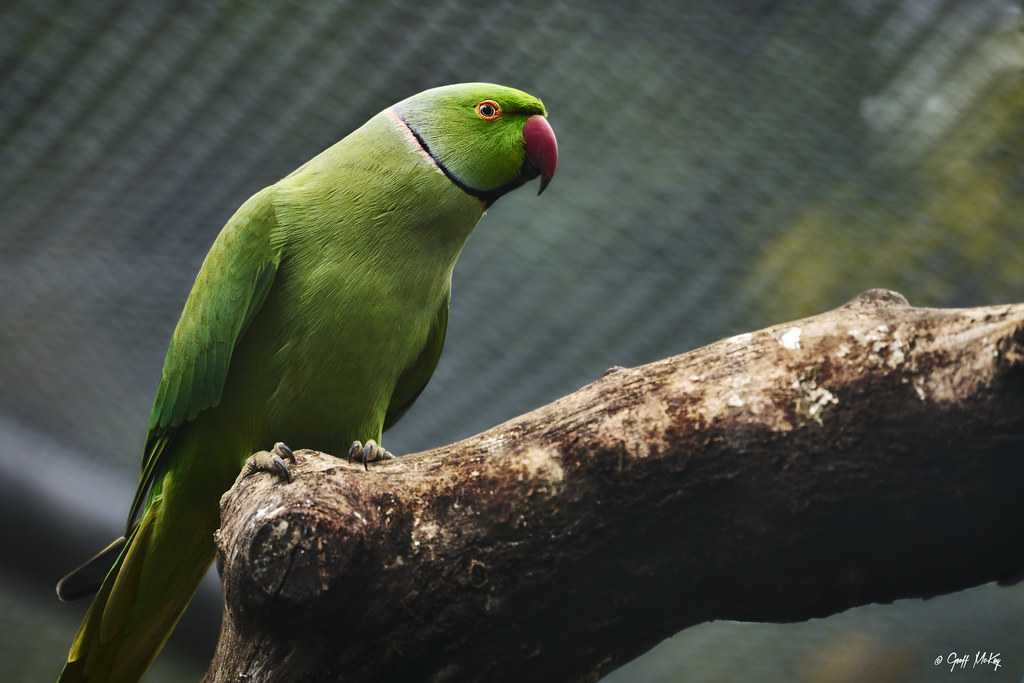
Despite international agreements like CITES (Convention on International Trade in Endangered Species) designed to regulate wildlife trade, significant gaps in enforcement and oversight enable the exotic pet industry to flourish with minimal accountability. Regulatory frameworks vary dramatically between countries and even between states or provinces within countries, creating a patchwork system easily exploited by traders who route animals through jurisdictions with the weakest controls. Online marketplaces have revolutionized the trade, allowing sellers to reach global audiences while operating with minimal transparency regarding the origins or conditions of animals offered for sale. “Laundering” wild-caught animals through breeding facilities remains a common practice, with documentation falsified to represent wild specimens as captive-bred to circumvent import restrictions or permit requirements. Even when regulations exist, enforcement agencies typically lack the resources, expertise, or mandate to effectively monitor the complex networks through which exotic animals move from capture to consumer.
The Abandonment Crisis
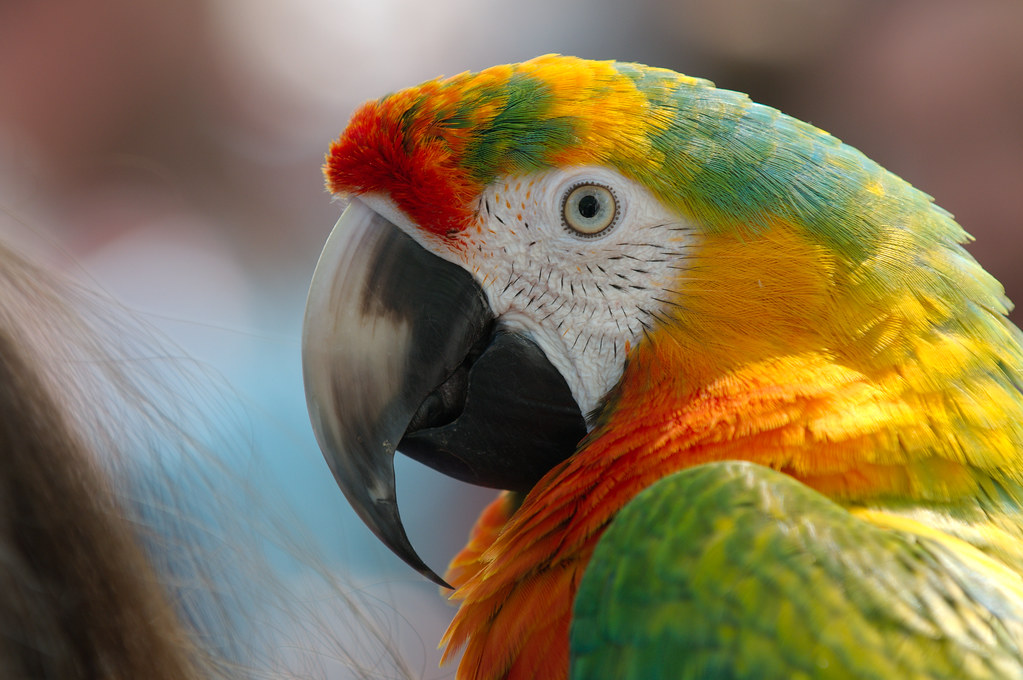
The exotic pet trade creates a persistent abandonment problem as owners discover the challenging realities of caring for wild animals in captivity. Animal rescue organizations report that most exotic pets are relinquished within the first two years of ownership when animals reach sexual maturity, grow to full size, or develop natural behaviors incompatible with household living. The lifespan mismatch between many exotic species and owner commitment creates particular challenges—parrots may live 60+ years, tortoises over a century, and even smaller reptiles frequently outlive the average duration of pet ownership. Abandonment takes multiple forms, from formal surrender to shelters and sanctuaries already operating beyond capacity, to irresponsible release into non-native environments where animals typically suffer and die or, occasionally, establish invasive populations. The financial costs of this abandonment crisis fall largely on non-profit organizations and taxpayers, while the ethical costs are borne by animals cycling through multiple homes or facing euthanasia due to lack of placement options.
Ecological Impact of Released Exotics
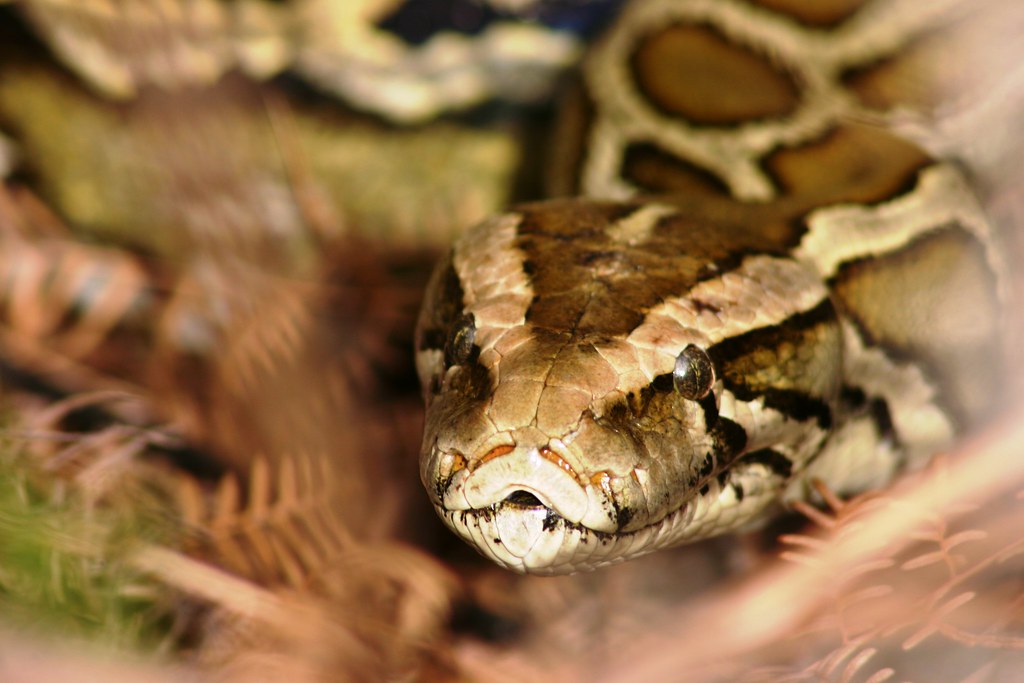
When exotic pets are released or escape into non-native ecosystems, they can establish invasive populations with devastating ecological consequences that persist for generations. The Florida Everglades represents perhaps the most dramatic example, where released Burmese pythons have decimated native mammal populations by as much as 99% in some areas since their establishment in the 1980s, fundamentally altering the ecosystem. Similar problems exist worldwide: red-eared slider turtles released on multiple continents outcompete native species, monk parakeets establish destructive breeding colonies on power infrastructure, and African clawed frogs introduce deadly amphibian pathogens to new regions. The economic costs of managing these invasions run into billions of dollars annually, with complete eradication often impossible once species become established. Climate change exacerbates these risks by expanding the potential range of tropical species into previously unsuitable habitats, increasing the likelihood that released pets will survive and reproduce in new environments.
The Psychological Impact on Owners
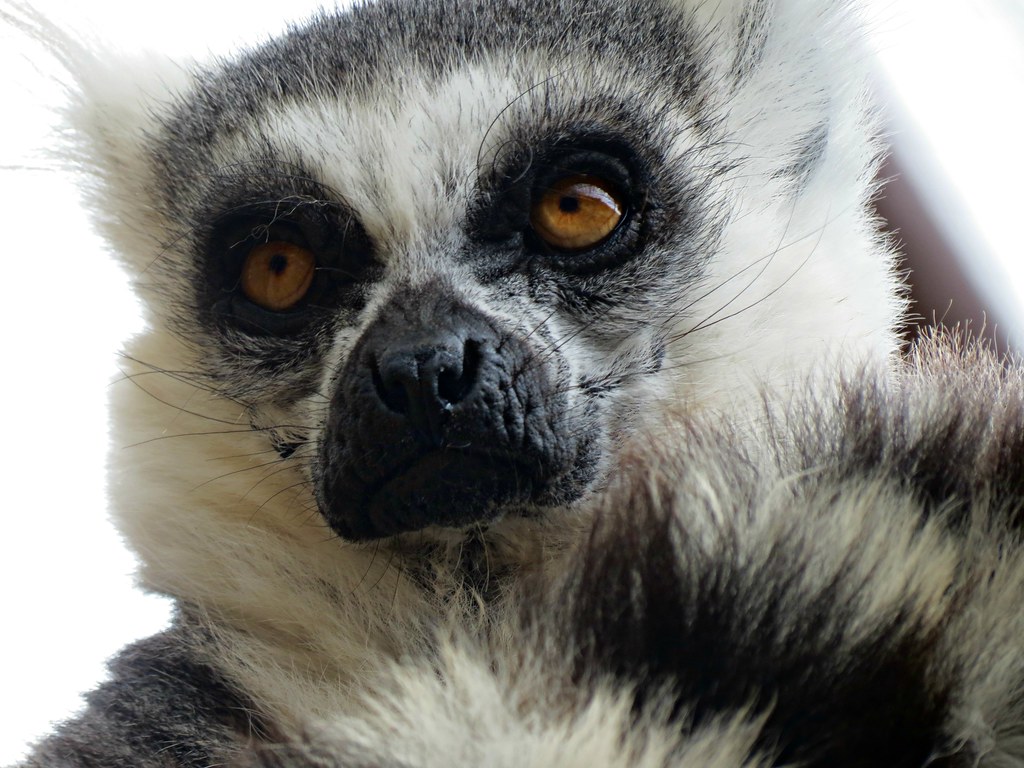
The exotic pet industry cultivates unrealistic expectations that lead to profound disappointment and psychological distress for many owners unprepared for the realities of wild animal care. Initial excitement frequently gives way to frustration, guilt, and even grief as owners recognize their inability to meet an animal’s needs, face unexpected aggression as animals mature, or witness the development of stereotypic behaviors indicating psychological distress. The financial burden of exotic pet ownership exceeds many owners’ expectations, with specialized veterinary care, proper housing, and appropriate diets often costing thousands of dollars annually—expenses rarely disclosed at the point of purchase. Many owners describe a cycle of escalating commitment as they attempt increasingly elaborate and expensive interventions to address behavioral or health issues before eventually facing the painful decision to relinquish animals they can no longer care for properly. Mental health professionals have identified a pattern of grief and trauma among former exotic pet owners that parallels the experience of failed adoption or foster care relationships with children.
Sanctuaries: Picking Up the Pieces
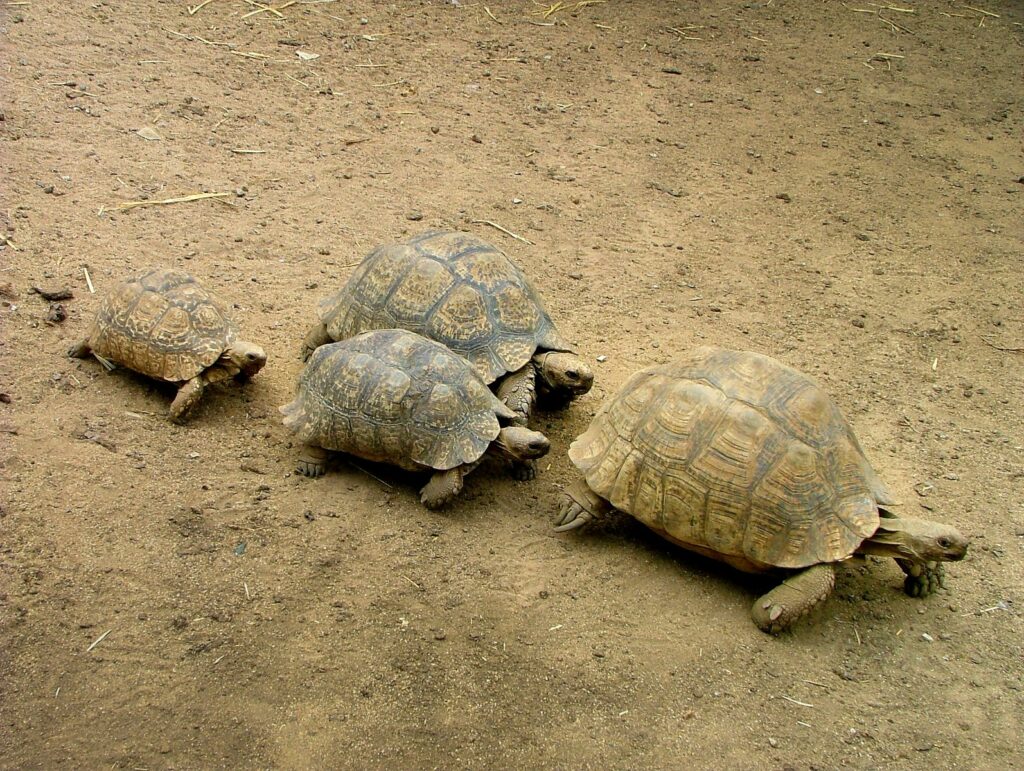
Wildlife sanctuaries shoulder the immense burden of caring for discarded exotic pets, often operating with limited resources while providing lifetime care for animals that cannot be released or rehomed. These facilities face overwhelming demand, with waiting lists stretching months or even years for placement of surrendered exotic pets, forcing many owners toward less responsible options when they can no longer keep animals. The financial reality of sanctuary care is staggering—a single tiger may cost over $10,000 annually to house and feed properly, while specialized veterinary care for exotic species can quickly multiply these costs. Beyond physical care, sanctuaries must address the psychological damage inflicted by inappropriate captivity, implementing complex rehabilitation protocols to address stereotypic behaviors, inappropriate socialization, and other consequences of life as pets. Despite these challenges, legitimate sanctuaries maintain ethical principles that prioritize animal welfare over visitor experience or profit, distinguishing them from roadside zoos or private collections that may misrepresent themselves as rescue operations.
Ethical Alternatives and Solutions
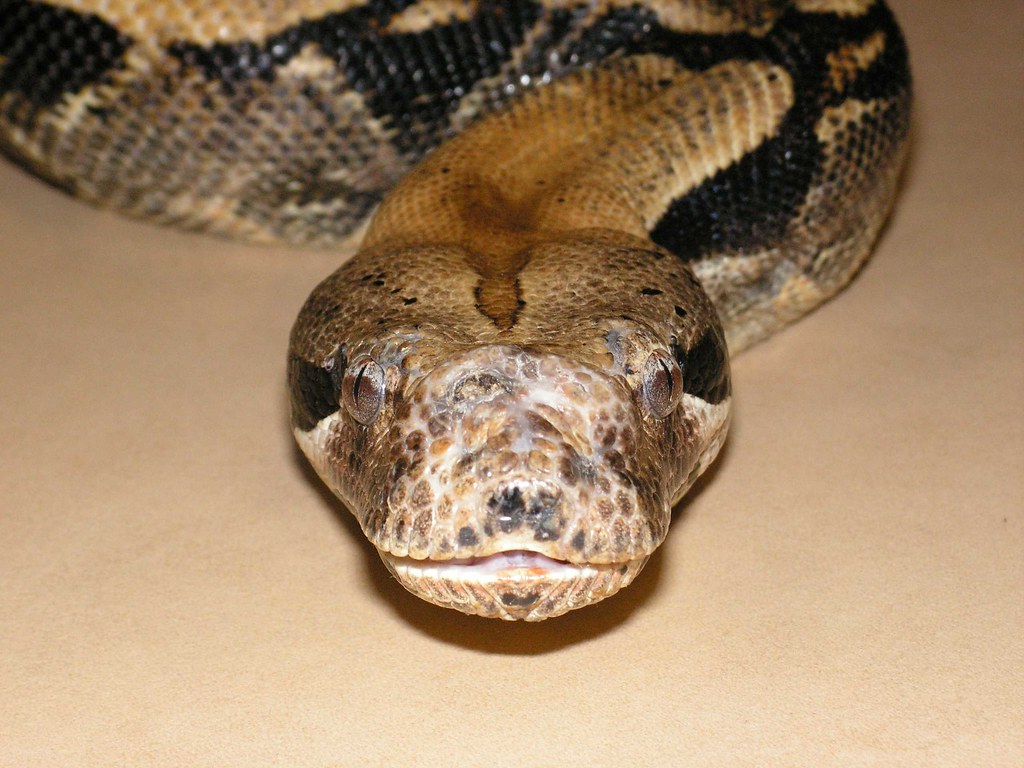
Addressing the exotic pet trade requires a multifaceted approach combining stronger regulation, consumer education, and support for ethical alternatives to exotic pet ownership. Conservation organizations advocate for closing regulatory loopholes through comprehensive legislation that standardizes requirements across jurisdictions and allocates sufficient resources for meaningful enforcement of wildlife trade regulations. Educational campaigns targeting potential exotic pet buyers have shown promise when focusing on welfare concerns, hidden costs, and zoonotic disease risks rather than abstract conservation concepts, helping consumers make more informed choices before purchase. For those drawn to meaningful animal connections, alternatives include volunteering with legitimate wildlife rehabilitation centers or sanctuaries, supporting conservation programs for species in their natural habitats, or choosing domesticated pet species bred for compatibility with human households. Technology offers additional opportunities through virtual adoption programs, wildlife webcams, and augmented reality experiences that provide a connection to exotic species without the welfare or conservation concerns associated with the pet trade.
Conclusion
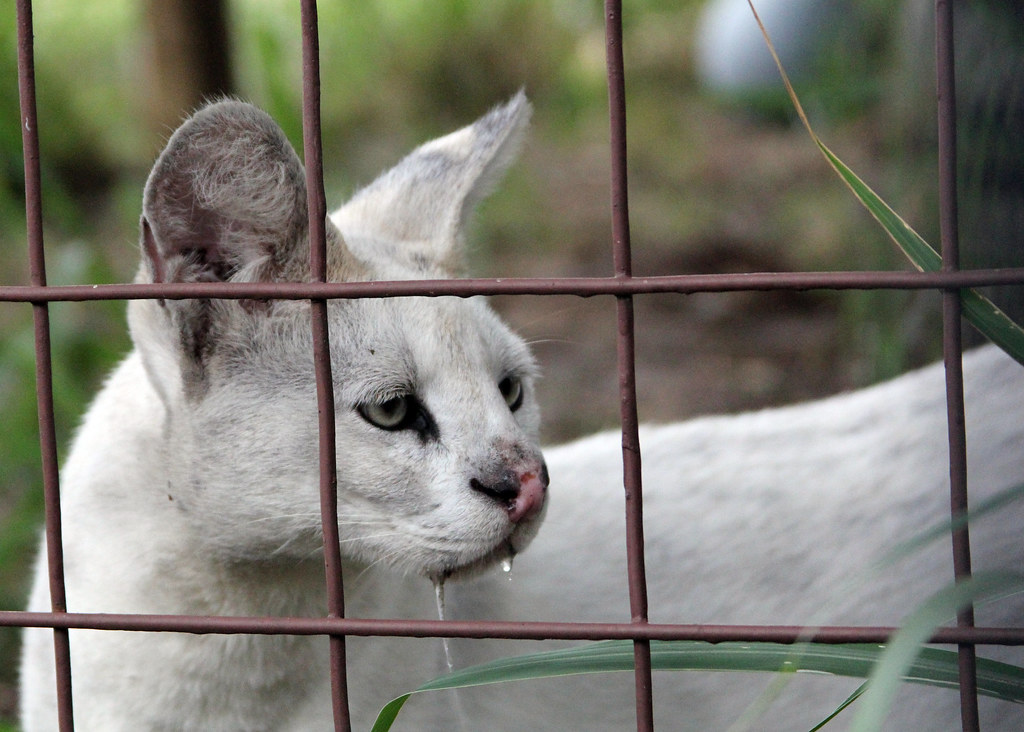
The exotic pet trade represents a complex ethical challenge at the intersection of conservation, animal welfare, and human-animal relationships. While the desire to connect with wildlife is understandable, this industry inflicts profound suffering on millions of animals annually while undermining conservation efforts for vulnerable species. The consequences extend beyond individual animals to affect ecosystems, public health, and even the psychological well-being of owners unprepared for the responsibilities exotic pets entail. As awareness grows about these impacts, consumers have increasing opportunities to make choices that satisfy the natural human desire for connection with animals without contributing to the problematic exotic pet industry. By supporting ethical alternatives and demanding stronger oversight of wildlife trade, we can work toward a future where our fascination with wild animals supports rather than undermines their welfare and conservation.



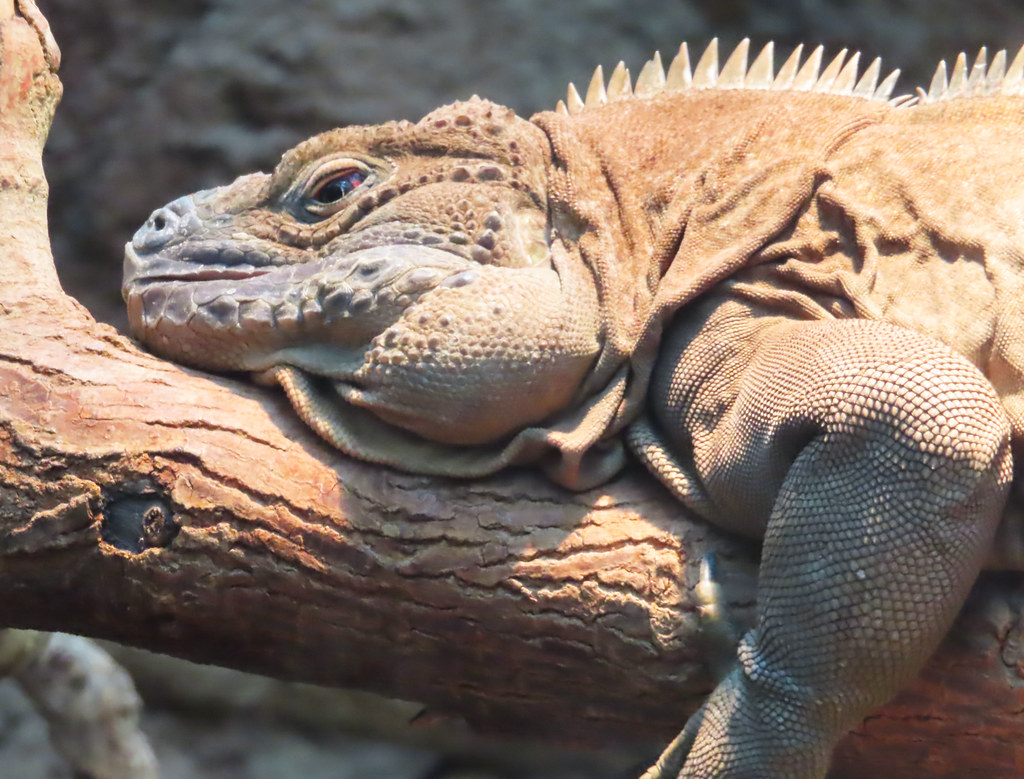
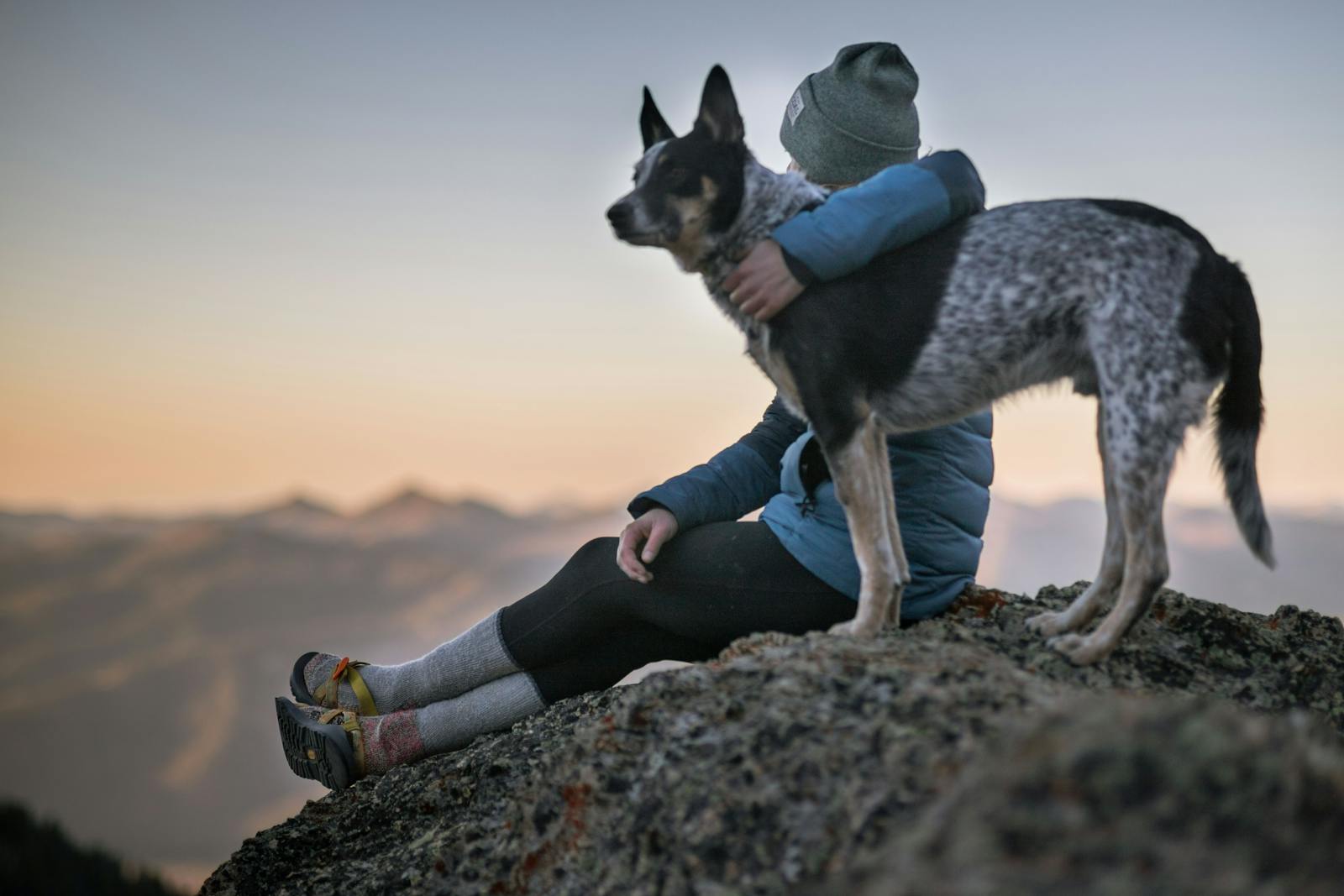

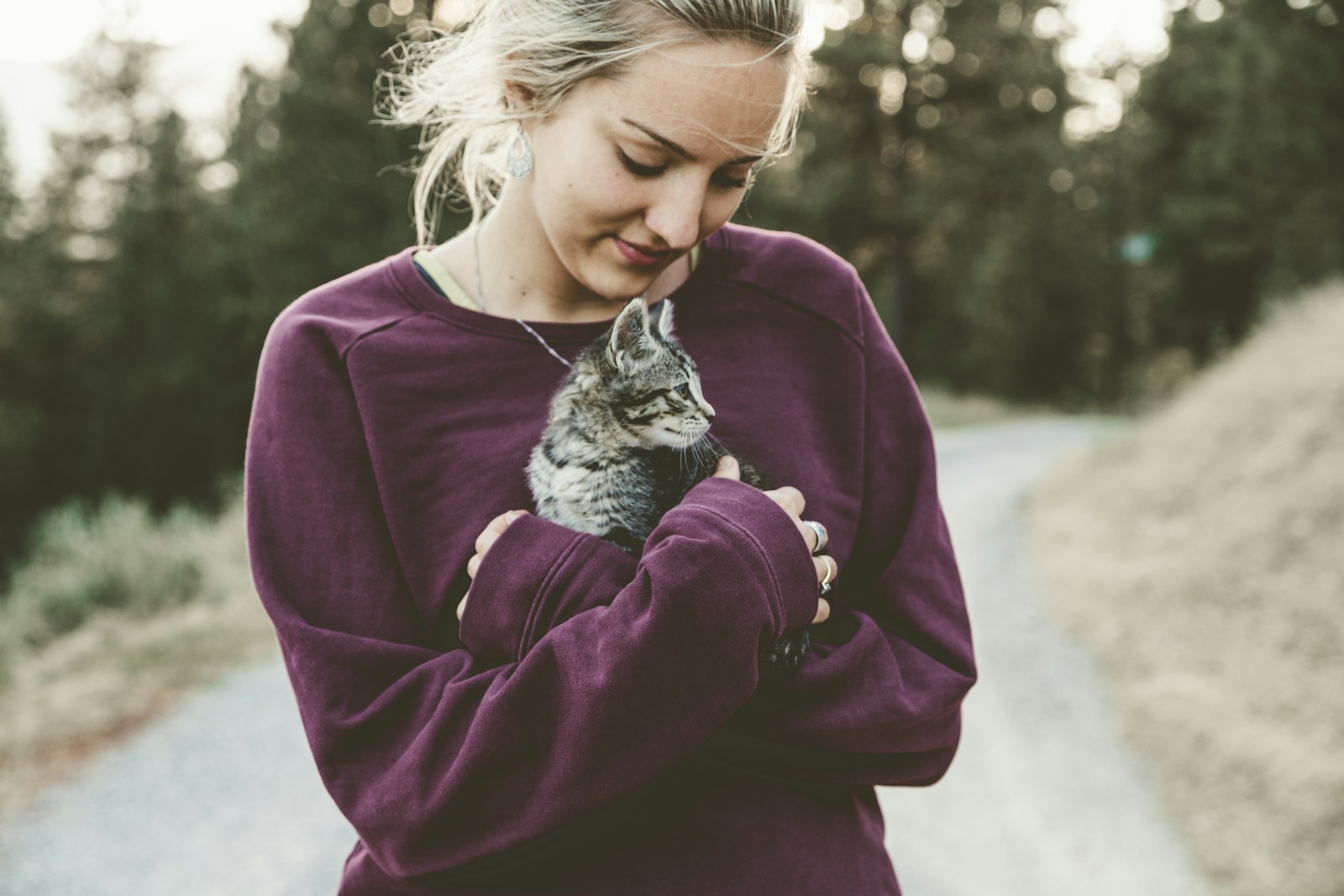



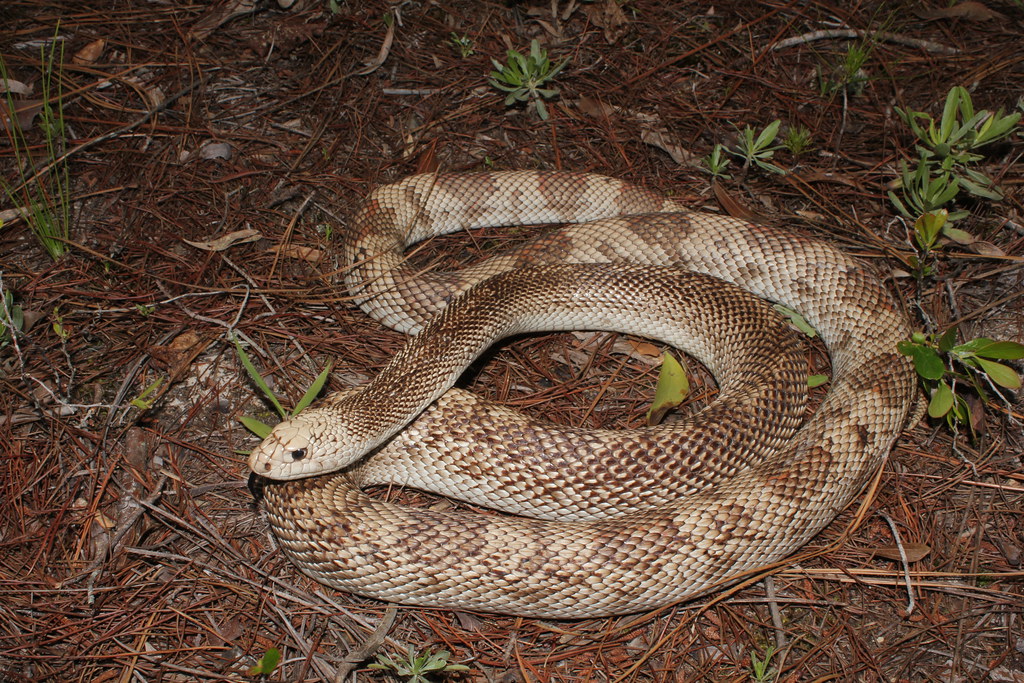





Leave a Reply